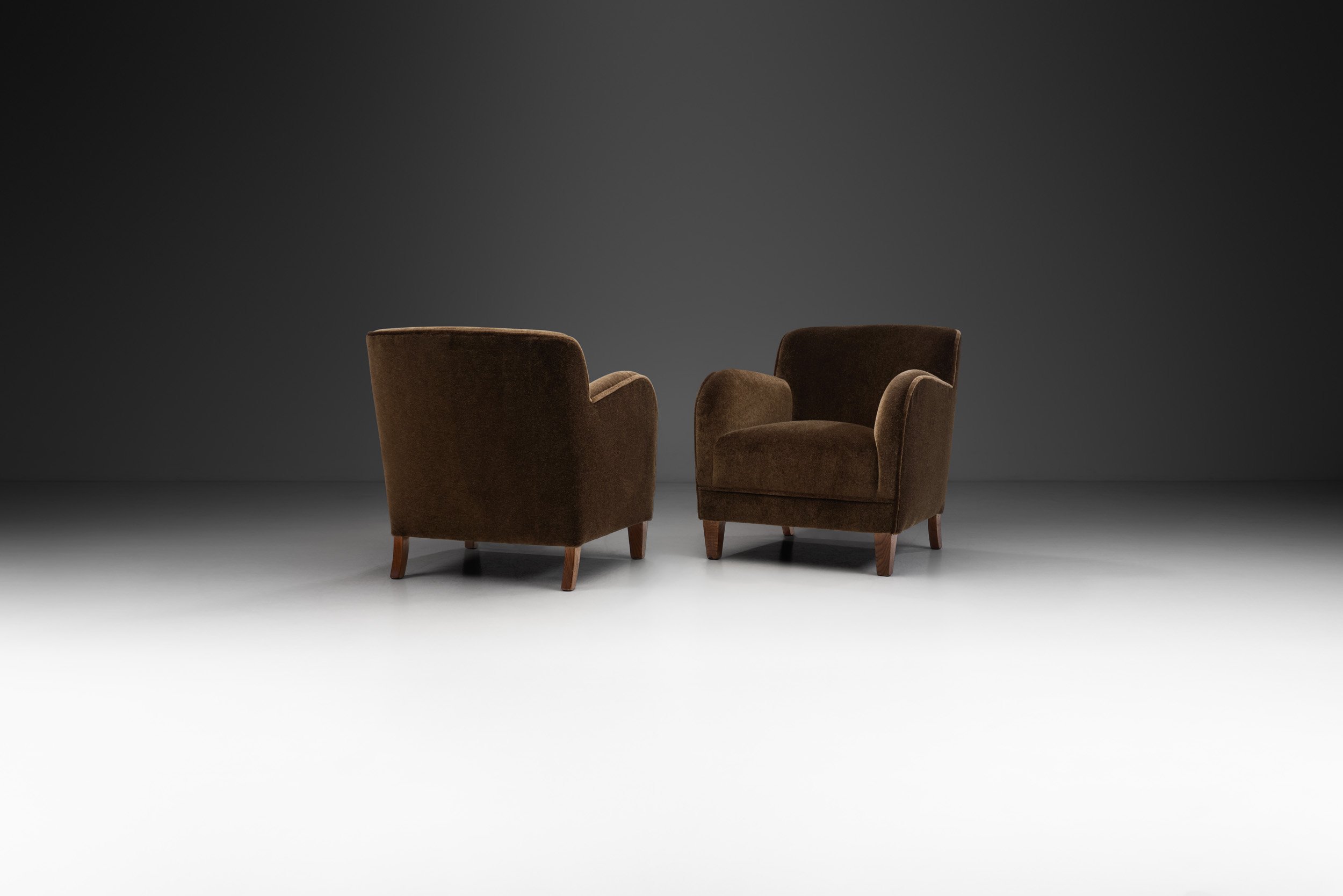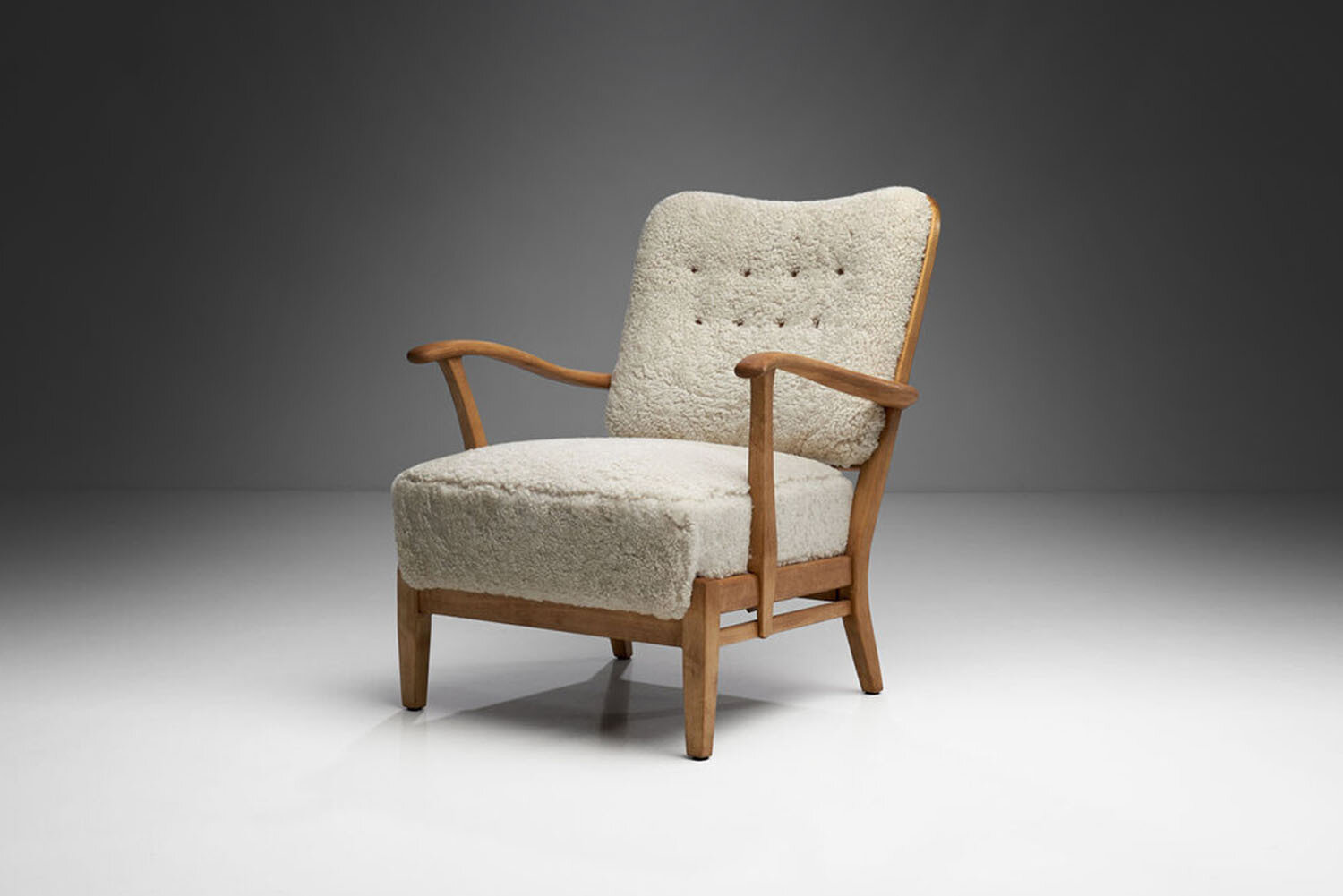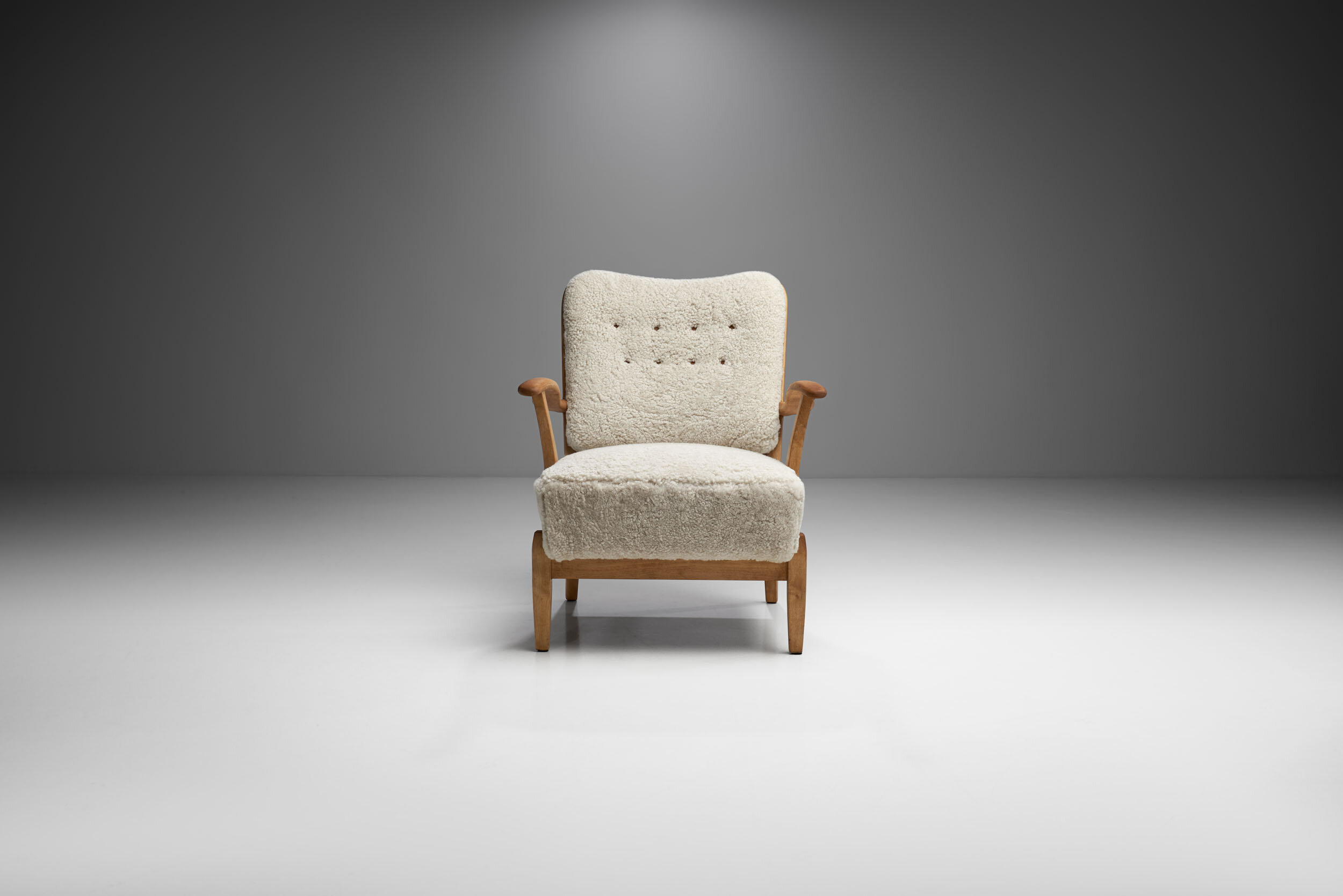Bamboo and Rattan Stool by Franco Albini (attr.), Italy 1950s (sold)
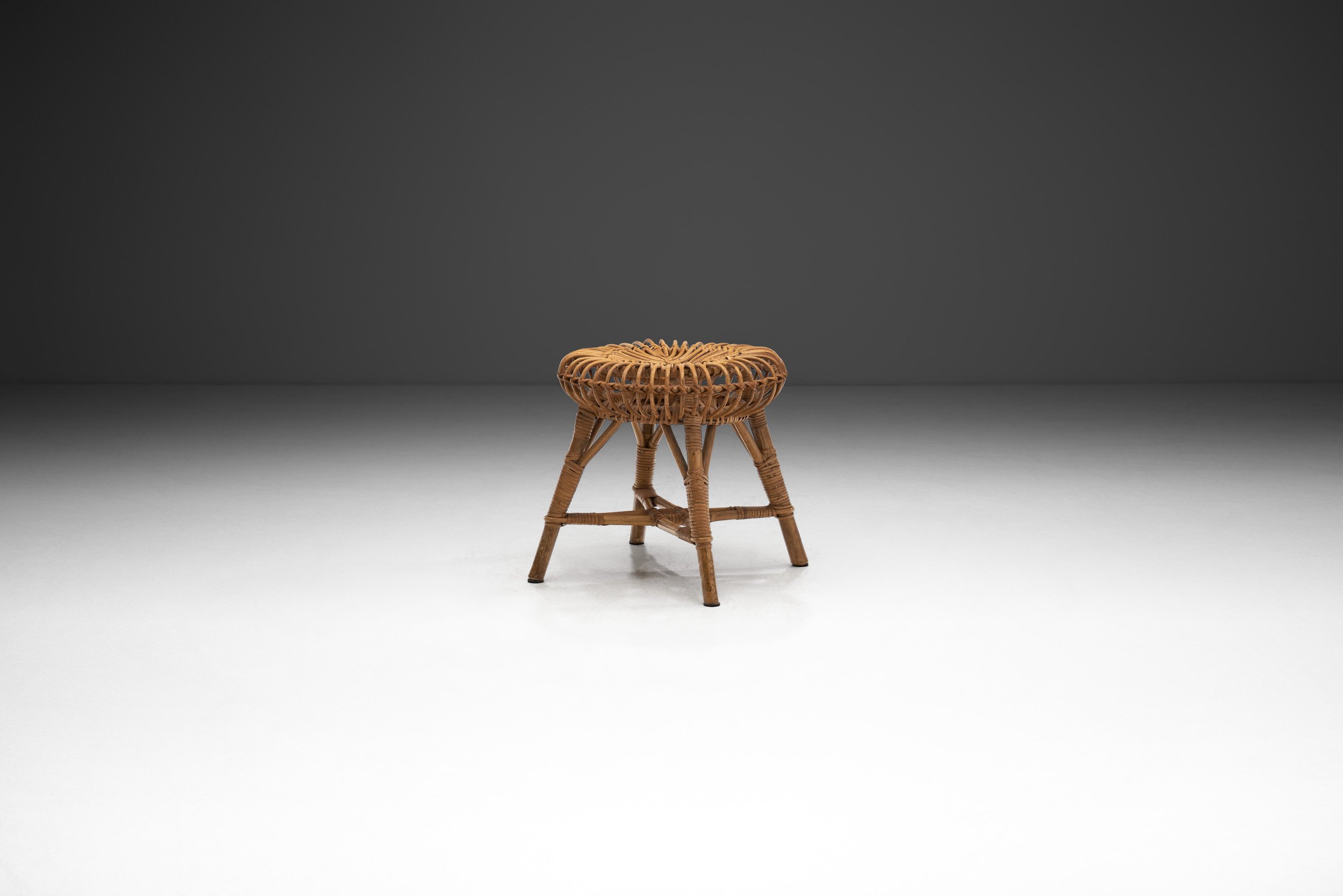














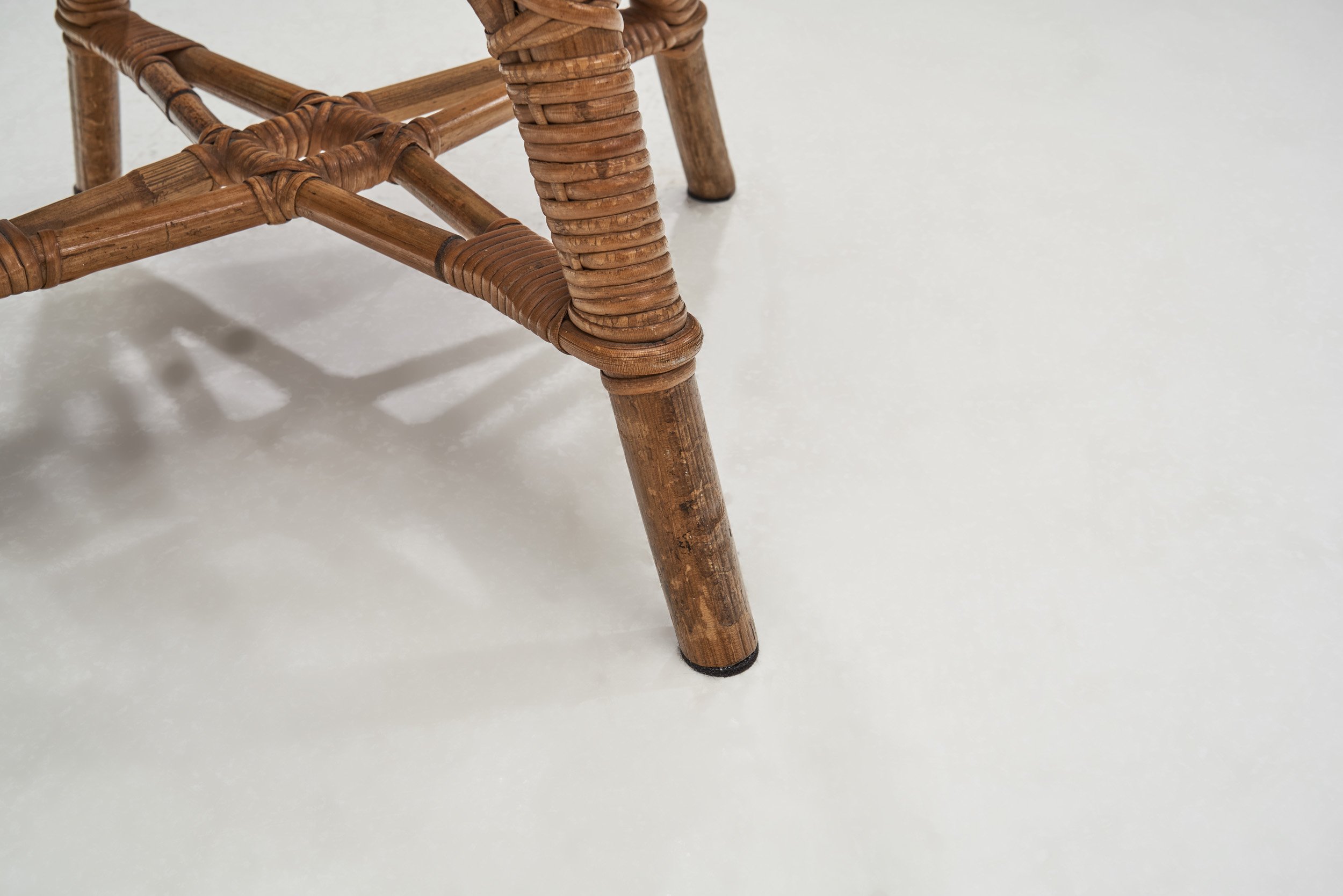
Bamboo and Rattan Stool by Franco Albini (attr.), Italy 1950s (sold)
Because of its ease and durability, rattan is often associated with mundane outdoor furniture, however, for the past few years, rattan furniture have been having its revival. Franco Albini’s best known designs were made of rattan, numerous of which belong to the permanent collection of New York’s MoMA. The Italian architect and designer was awarded three times with the prestigious Italian design award, the Compasso d’Oro.
Stools have been staples in European design history, Italy being no exception. The country developed its own, distinctive style, where traditional Italian artisanship was met with a luxurious look and quality. Albini combined these with raw, inexpensive materials and with new forms of modern minimalism. This stool represents a keystone of the Italian design culture from the mid-20th century through its creative and rigorous composition that expresses a particularly high degree of aestheticism. The quality handwoven rattan makes this stool an outstanding example of woven furniture from mid-century Italy. It features a classic shape with rounded edges and an airy feel. The flowing lines of the seat are striking, and executed in the organic material, they stand out even more. The design is a blend of old and new: a classic furniture silhouette paired with an organic material and the highest quality of craftsmanship. The scalloped shapes and curvaceous silhouette lend themselves to a playful, artful, and frivolous spirit. This soft-to-the-eye style elicits a sense of nostalgia, careful craftsmanship, and a fresh take on traditional design. From the masterful use of natural fibres, to the visible joinery techniques, the expert hand work is apparent.
This stool is a wonderful model that is sure to enrich every ambient with warm tones. In this model, Franco Albini's extraordinary architectural ideas emerge in their purity and poetry of form, mixing form with astounding materials. Furthermore, rattan is one of the most timeless and versatile materials for interior design. Its natural look, texture, and warm hues are ideal for creating a relaxed and airy feel.
SOLD
Condition:
In good vintage condition. Wear consistent with age and use. Some marks on the rattan and bamboo.
Dimensions:
16.14 in Ø x 16.14 in H
41 cm Ø x 41 cm H
About the attributed designer:
Born near Milan in 1905, Franco Albini was an Italian architect, urban planner, and furniture designer active between the 1930s and the 1960s. He studied architecture at Milan’s famous Politecnico, apprenticed under master architect-designer Gio Ponti, and played a key role in formulating the Rationalist movement in Italy prior to World War II.
He was a major figure in the Rationalist Movement, excelling in architectural, furniture, industrial, and museum design. After receiving a degree in architecture from the Politecnico di Milano in 1929, he worked with the Ponti and Lancia design studios. His work for the magazine Casabella also played a key part in his development, marking his conversion to the Rationalist Movement and his becoming its spokesman on the Italian cultural scene. During the 1940s, Albini expanded his collaboration with Cassina, which started with chair designs that paved the way for his signature style. He also pursued his furniture designs with other firms, such as Poggi.
Franco Albini was the recipient of many honours in recognition of the importance of his cultural contributions. He also received numerous prizes, including the La Rinascente-Compasso d’Oro, the Bronze Medal from the Parson School in New York (1956) for his contribution to industrial design, the Olivetti Award for Architecture (1957), and the Royal Designer for Industry title awarded by the London Royal Society of Arts (1971). In all his work, from home furnishings to industrial and museum design projects, Franco Albini always instilled a logical consistency, an extreme purity of expression and exceptional ethical and historical integrity.






